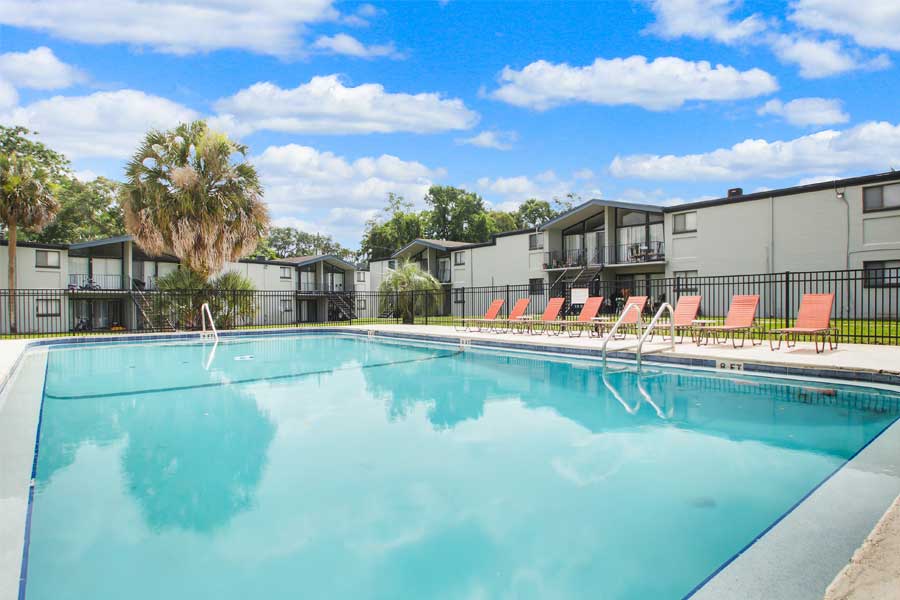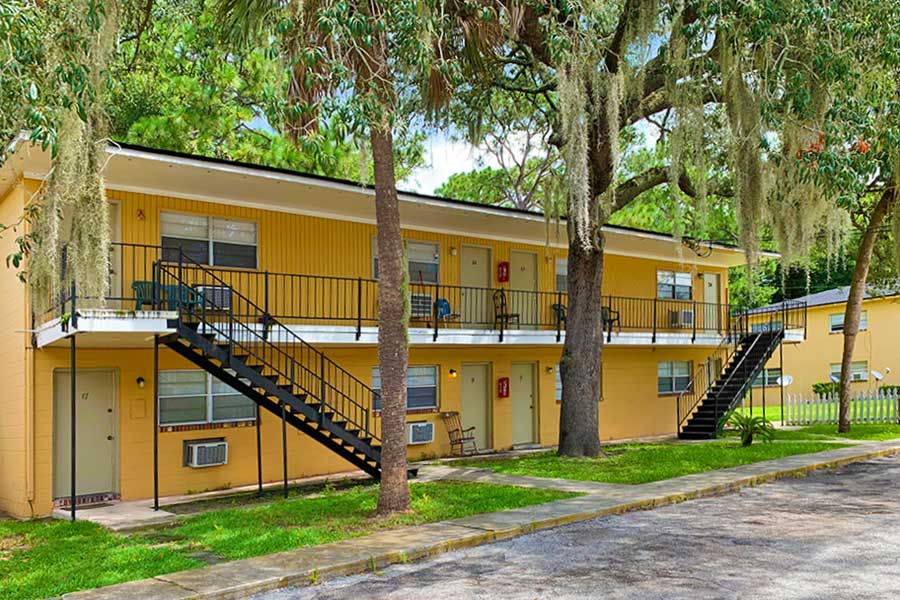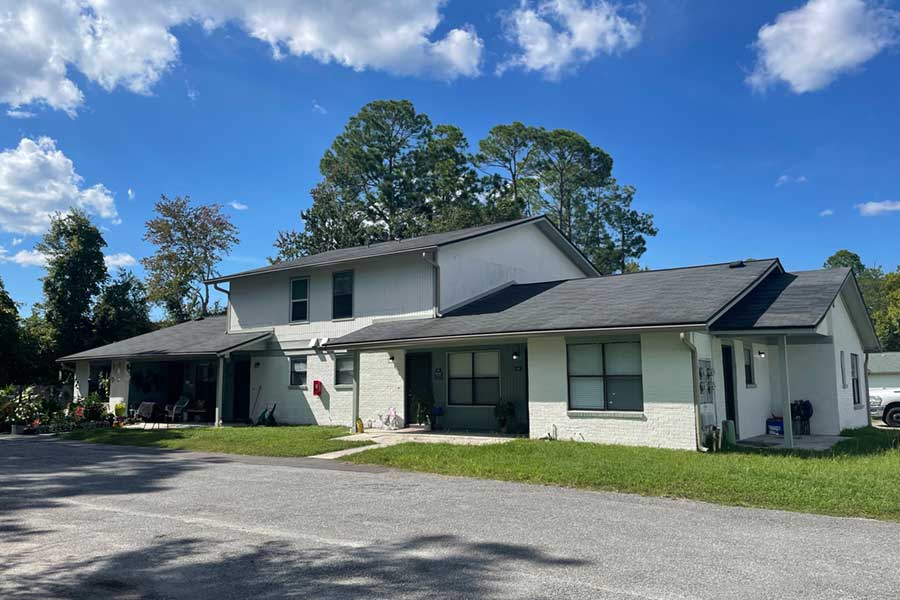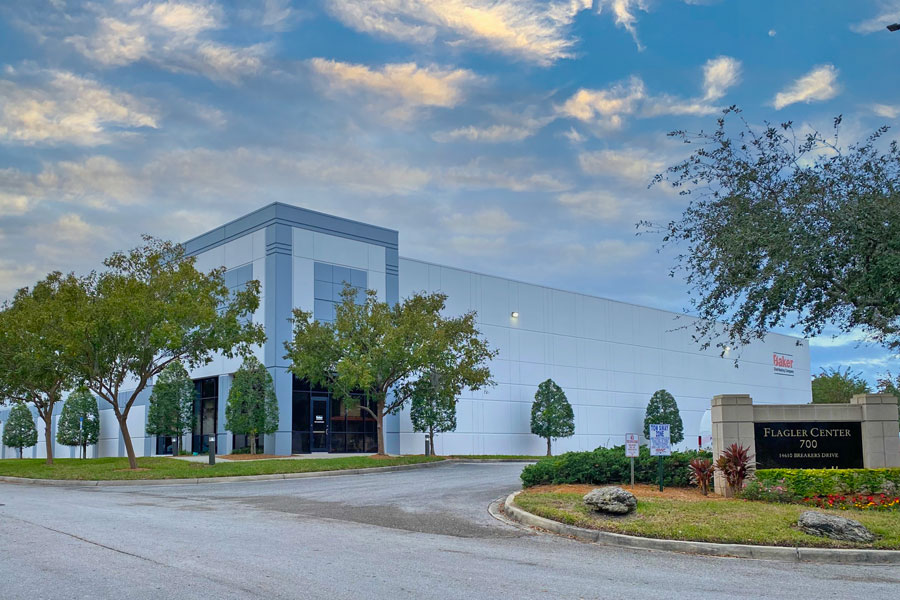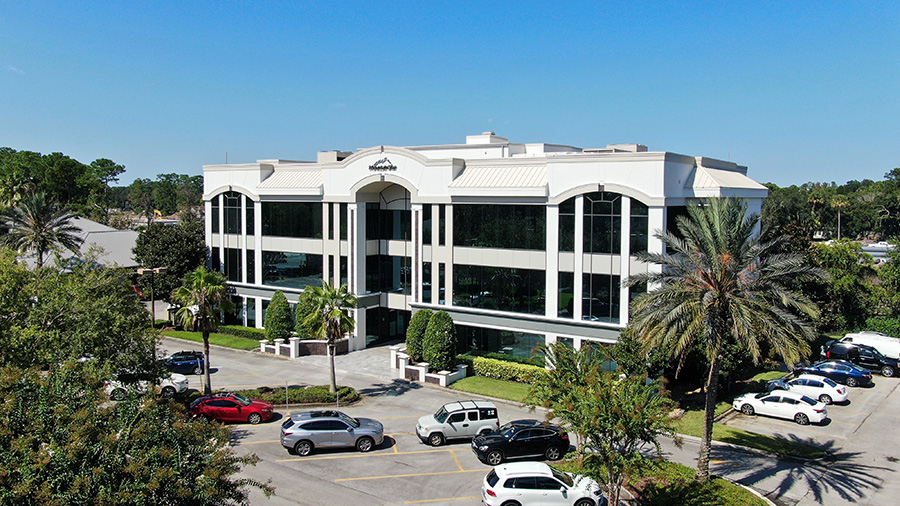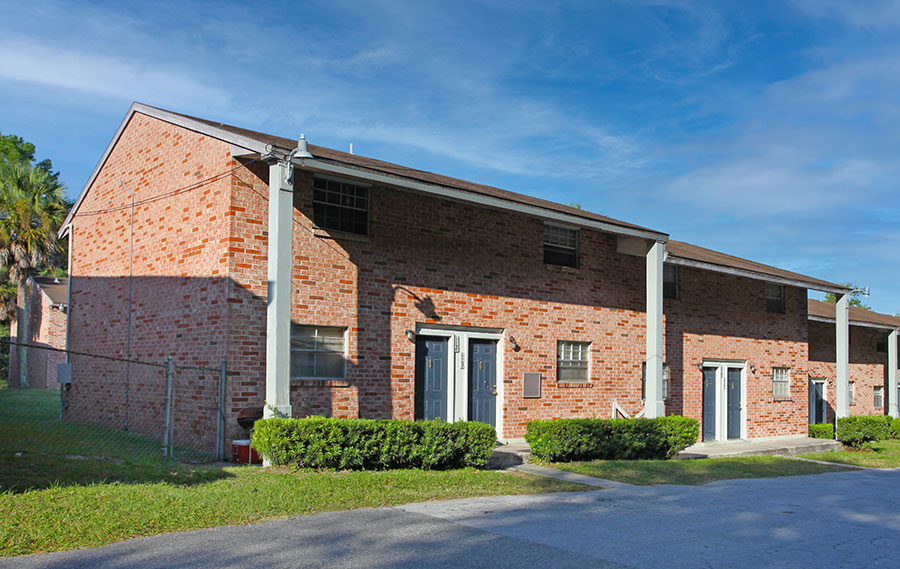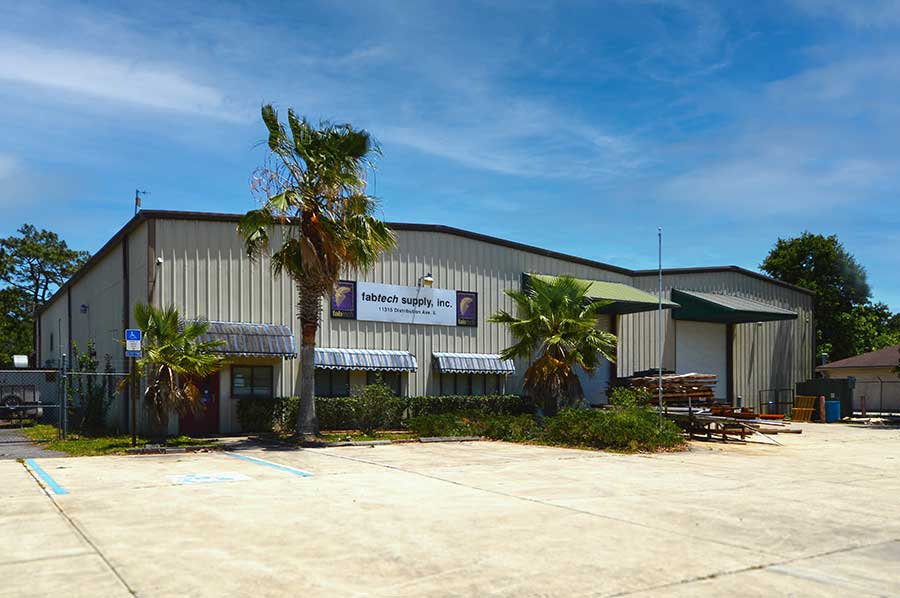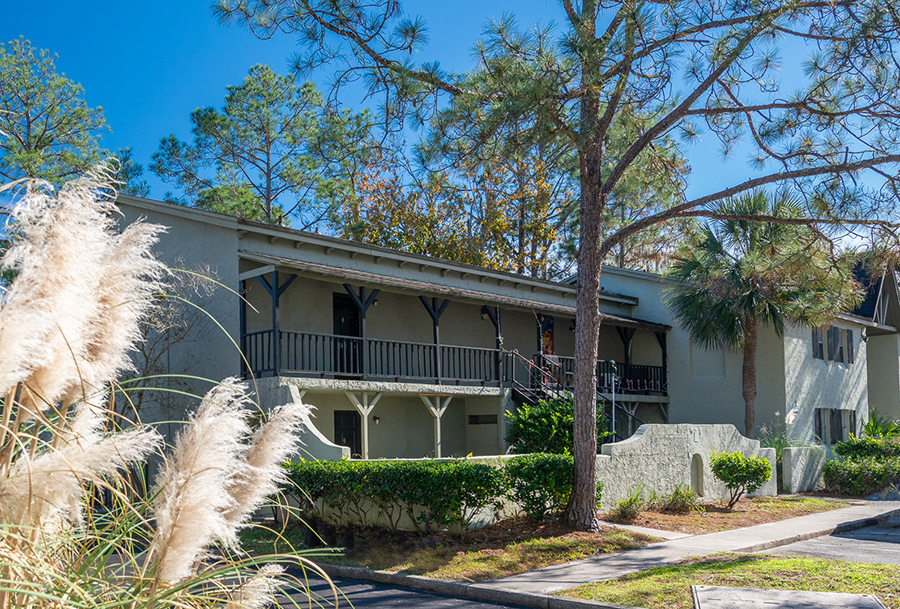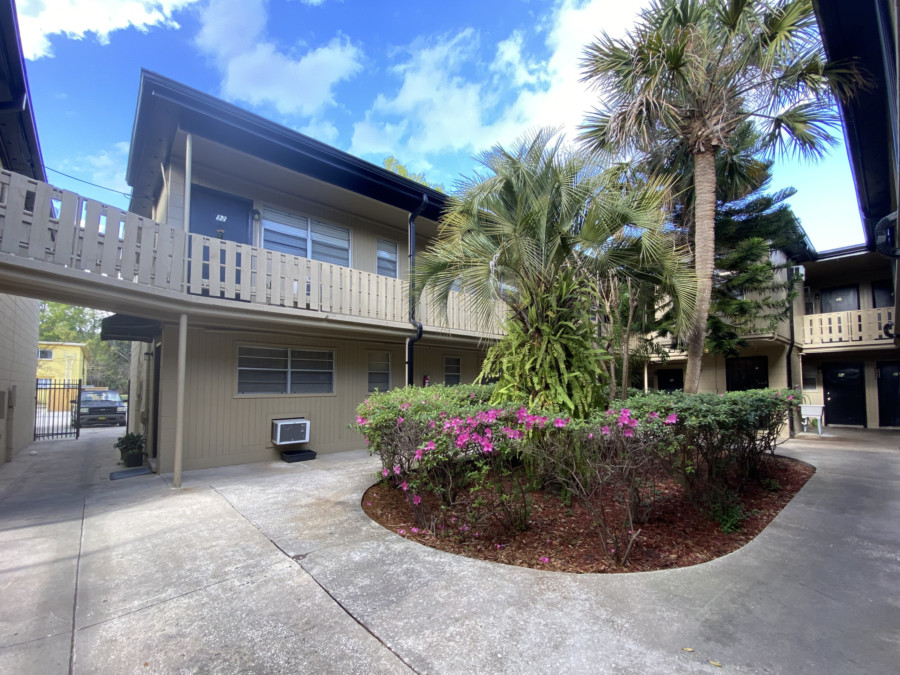
A Trump Trade in Commercial Real Estate?
By W. Alex Coley, Principal, NAI Hallmark Partners
There have been so many articles about the “Trump trade” for investing in various assets categories ranging from U.S. and foreign equities, to debt instruments of every kind, to the volatile currencies of countries that may be affected by President Trump’s policies. The question of a potential real estate play based the initiatives of the new administrative was inevitable. Among the many advantages of investing in commercial real estate, low volatility is deeply appreciated by most investors. This contrasts sharply with the immediate movements of some of the other asset classes, reminding us that real estate is more of Warren Buffet style long term value play then a day trading activity. It is clear though that certain policy decisions can affect commercial real estate returns and values. Included amongst these are tax reform, interest rates, government spending (and resultant job creation), regulation (including capital formation, lending and credit initiatives) and policies affecting inflation and the value of the dollar. While these larger macro-economic issues affect market sentiment and can translate into pricing, the longer perspective of value creation is much more a micro-economic discussion.
Even as the rising tide may raise all ships, the real analysis is done at the local market and individual property level. A wholistic view of the key demand drivers and the long-term market and submarket demographics that are at the core of return analysis and value creation is essential. An analysis of job creation, household formation, average and median household income, and the potential for growth in these factors is necessary. Years ago, we used to have a sense or a “gut feeling” about this. Today we have access to so called “big data” that can give us granular confirmation of what we may sense. This allows us to confirm that we are investing in the top performing asset classes in the best markets before we move on to the task of acquiring and managing the best available properties.
With this strategic analysis in hand we can move on to the tactical work of acquiring and managing the properties most likely to outperform their peer group. This is where knowledge of the unique asset and its position relative of it competitive properties plays on indispensable role. With strong local relationships and in depth knowledge of the market and the specific assets therein one can identify quality assets and execute well on both the buy and sell side. Once the asset is acquired the appropriate asset and property management plans can be implemented. With care and diligence, the property is positioned to take full advantage of the superior demographics that were identified early on. With thoughtful planning and execution, the property attributes can be maximized and the best returns can be achieved. Completing the investment cycle by incorporating a combined view of the macro-economic environment and the property level performance the timing and execution of a sale can be accomplished to create the highest return and minimize the tax impacts.
In answering the question about a Trump trade in commercial real estate, recent surveys indicate an increase in optimism for the industry as a whole. With interest rates low and a potentially more expansionary environment ahead this looks like a good time to allocate assets to real estate. With that said there is more of a premium than ever on getting the best data and bringing that information to bear on the acquisition of good real estate. A strong local advisor/partner can be an invaluable asset. With twenty-four year of experience in Jacksonville we here at NAI Hallmark are uniquely positioned to help.






